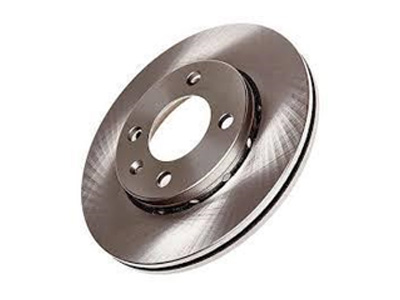

The working principle of the brake system can be summarized in simple words. It is to convert the force of the driver's brake pedal into strong friction through a series of complex mechanical and hydraulic systems, thereby effectively slowing down or stopping the movement of the vehicle. This process involves the friction between the brake pads and the brake disc, and the tires and the ground, which converts the original kinetic energy of the vehicle into heat energy.
Specifically, the brake system is mainly composed of the following parts: control system, hydraulic system, power system, electronic control system and execution system. When the driver steps on the brake pedal, the brake oil in the hydraulic system will be pressurized, and this pressure will be transmitted to the brake cylinder of each wheel through the pipeline. The brake cylinder will then apply a strong pressure to the brake pad, so that it is in close contact with the brake disc and generates friction, and finally slows down or stops the vehicle.
The power pump of the brake system divides the pump into two chambers through a diaphragm. When the engine is running, one of the chambers will generate a vacuum, forming a pressure difference on both sides of the diaphragm. When the driver steps on the brake pedal, this pressure difference will assist the driver's force and act on the master brake cylinder together, thereby enhancing the braking effect.
In addition, the brake system also includes an anti-lock braking system. This system monitors the movement of the wheel through the speed sensor installed on the wheel. When the sensor detects that the wheel is about to lock (i.e. stop rotating and just slide on the ground), the ABS system will quickly adjust the pressure of the brake pad to make it intermittently contact and separate from the brake disc, so that the wheel can keep rolling and sliding during the braking process. This state can ensure that the adhesion between the wheel and the ground is the greatest, thereby shortening the braking distance and improving braking safety.
